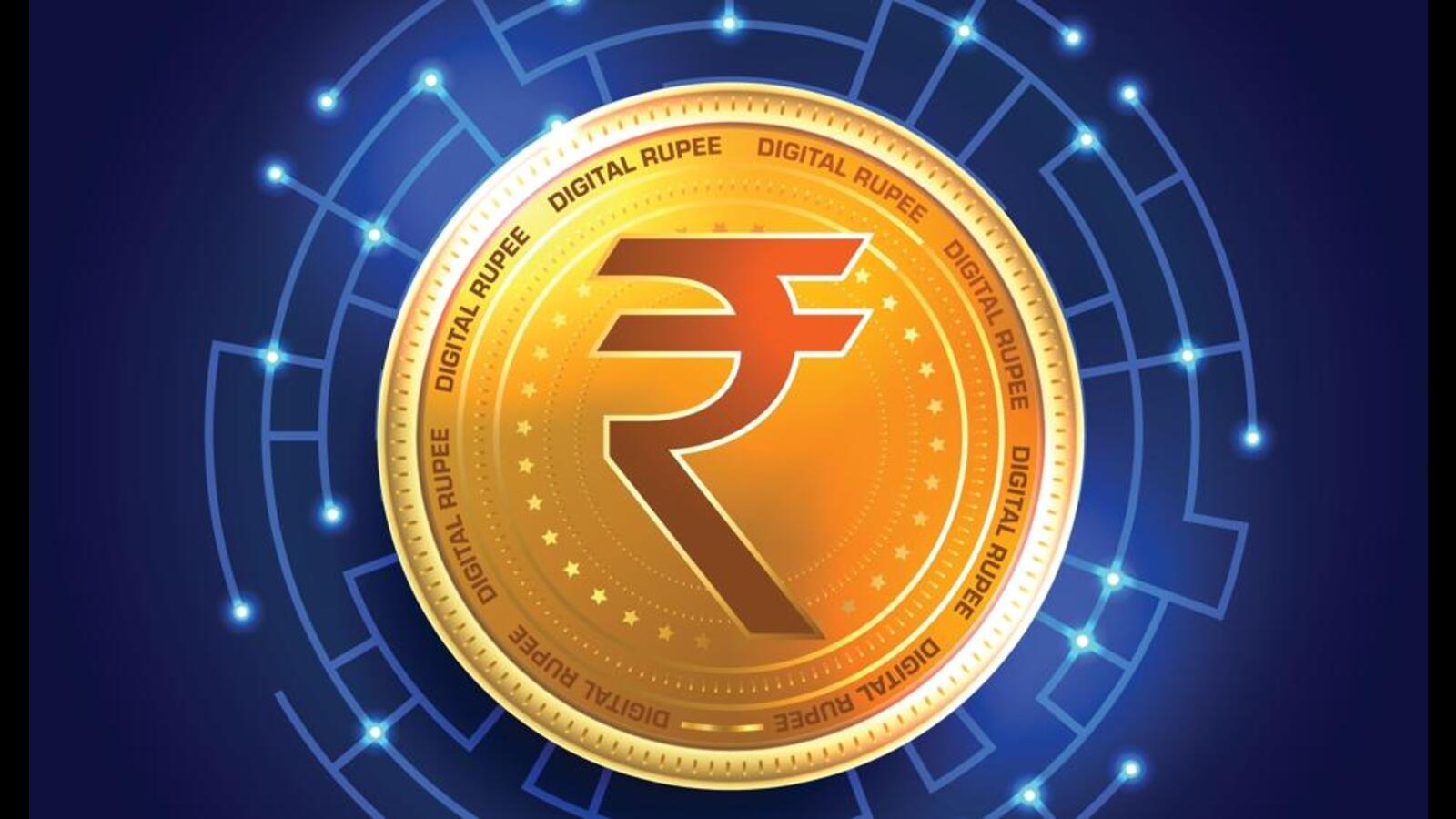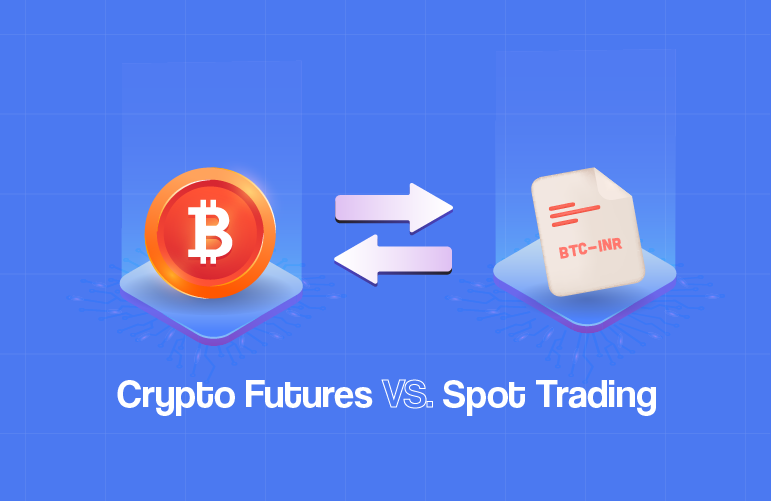Now Reading: Crypto Craze Moves Beyond Metros: How Tier-2 India Is Exploring Digital Currency
-
01
Crypto Craze Moves Beyond Metros: How Tier-2 India Is Exploring Digital Currency
Crypto Craze Moves Beyond Metros: How Tier-2 India Is Exploring Digital Currency

For years, cryptocurrency trading was seen as a big-city trend. But now, the wave is reaching smaller cities and towns across India. From students to small business owners, people in Tier-2 and Tier-3 cities are showing curiosity about Bitcoin, Ethereum, and other digital assets. The shift signals how technology and financial awareness are reshaping India’s middle segment, even as questions about safety and legality remain.
The first factor driving this change is accessibility. With better internet reach, affordable smartphones, and user-friendly apps, crypto trading has become easy for anyone with a basic digital wallet. In towns like Nagpur, Indore, and Lucknow, local traders are testing small investments, often starting with amounts as low as a few hundred rupees. Word-of-mouth plays a strong role too—one success story in a friend circle often sparks others to try.
Younger investors are leading the trend. College students and early professionals see crypto as a modern alternative to traditional savings. They are attracted to the idea of independence and global participation in something bigger than the local market. For many, crypto is not just an investment—it’s a learning experience about finance and technology.
However, the journey isn’t smooth. Awareness gaps remain a major issue. Many small-town investors lack formal guidance and rely on social media or peer advice, which increases the risk of scams. Some have lost money to fake trading apps or online frauds that promise high returns. This fear of being cheated keeps many from experimenting further.
The lack of clear regulation also adds confusion. While the government has introduced a tax on virtual assets, there’s no fixed framework on how crypto should be traded or reported. For people in smaller cities who depend on local banks and prefer simple processes, this uncertainty feels risky. Many hesitate to invest seriously without clarity from the authorities.
Despite these concerns, crypto meetups and small community groups are slowly emerging in Tier-2 cities. These are informal gatherings where people discuss updates, market trends, and security practices. Such initiatives are helping to build awareness at the ground level, though they still need proper structure and expert backing.
Another interesting shift is among local entrepreneurs. Some small businesses in digital services, design, and freelancing now accept crypto payments from international clients. This shows how digital assets are becoming part of everyday transactions, not just speculative investments. For them, crypto acts as a bridge to global opportunities without relying on complex banking channels.
Still, the biggest hurdle is trust. Cash is familiar, banks feel reliable, and crypto feels abstract. To build comfort, platforms and regulators will need to focus on education—explaining not just how crypto works, but how to use it responsibly. Once people see it as a tool rather than a gamble, adoption will grow naturally.
The rise of crypto in Tier-2 cities is a sign that India’s digital landscape is maturing. It reflects ambition, curiosity, and a willingness to adapt. The next phase will depend on how the government, exchanges, and financial institutions create a safe, transparent space for ordinary people to participate confidently. For now, small-town India is quietly experimenting—and rewriting its own chapter in the crypto story.

























